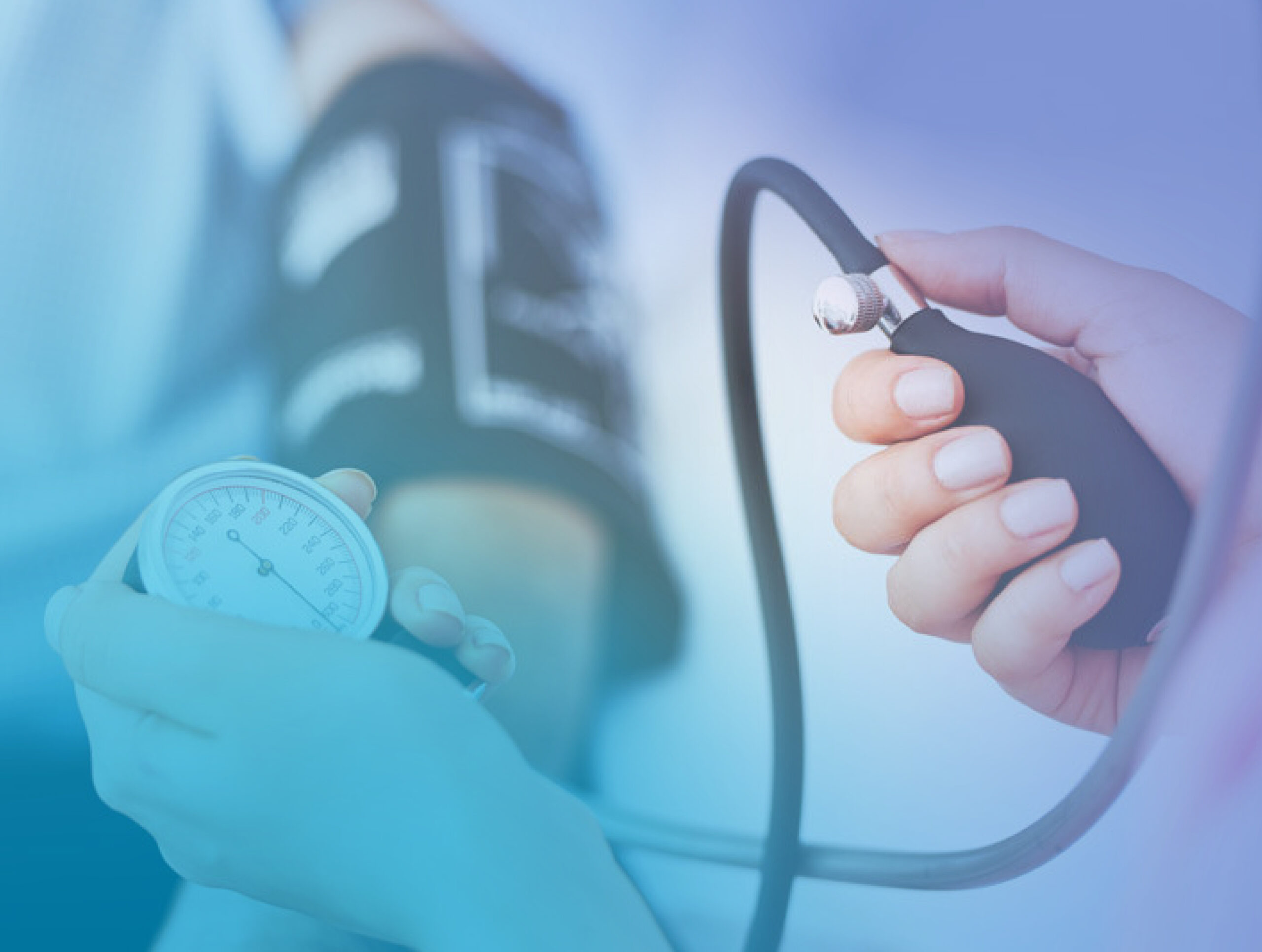Sonia Sharma, HBSc, MScOT, OT Reg. (Ont.)
It is estimated that every year, between 250 000 and 500 000 people suffer a spinal cord injury (SCI) internationally. Many of these injuries happen through preventable events such as motor vehicle accidents, falls, or violence. The spinal cord is a crucial band of nerves that bring messages from your brain to your organs, skin, and muscles. These messages are essential as they control vital bodily functions, such as your bladder and bowel, blood circulation, breathing, and sensation. Vertebral fractures, dislocations, or ligament injuries such as tears, or strains are some ways in which spinal injuries can occur. Any of these injuries may cause pressure on spinal nerves, leading to temporary loss of sensation or movement below the level of injury.
When an individual sustains an incomplete spinal cord injury, they are still able to receive messages to and from their brain. Some movement and sensation is present below the level of injury and there are high chances for improvements below the level of injury. One side of the body may be better functioning than the other. A complete spinal cord injury, however, produces a total loss of motor and sensory function below the level of injury and both sides of the body are equally affected. Most commonly, loss of function is caused by bruising to the spinal cord or from disruption of blood flow to the affected area. Spinal cord injuries are typically classified based on level of severity, using the American Spinal Injury Association (ASIA) scale.
Healthcare professionals can help individuals on their road to recovery and provide comprehensive interdisciplinary care. For example, Physicians can perform required tests, prescribe medications, and assess ongoing and new concerns. Physiotherapists can assist with strengthening, mobility, and prescribing mobility aids. Occupational Therapists can help individuals complete their activities of daily living with greater independence through strategies and assistive devices. Many other team members such as Nurses, Psychologists, Speech-Language Pathologists, and Social Workers, can help to address varying issues and aid in an individual’s recovery.
Some effects of a spinal cord injury on your body:
Muscles and Spasms
- Weakness or loss of movement below the level of injury
- Spasms may occur resulting in limbs to jump or become fixated in one position
Sensation
- Feelings below the level of injury may be lost or altered
- Tingling and numbness may occur (e.g. in legs or arms)
Pain
- Pain may result from damage to affected bones, joints, and ligaments or from abnormal function of spinal nerves at the level of injury
- Abnormal spinal nerve function may result in painful touch, widespread pain, and longer-lasting pain
Breathing
- If a spinal cord injury occurs high in your neck, breathing muscles may be paralyzed, whereas a lower injury may result in weakened stomach muscles
Sweating
- Sweat glands are also affected by a spinal cord injury and may result in decreased sweating, making it challenging to stay cool
- Reflex sweating is also possible where difficulties with one’s bowels, for example, may result in sweating.
Blood pressure
- Normal blood pressure typically drops after a spinal cord injury, therefore, sudden movements may result in dizziness.
- Autonomic dysreflexia may occur as injuries lower down a spinal cord places the individual at risk for sudden jumps in blood pressure due to painful stimuli below the level of injury.
Sexuality and relationships
- After spinal cord injuries, individuals feel a significant change in their physical appearance and experience large motor and/or sensory changes
- Working with an interdisciplinary team, individuals can learn ways to help cope with physical, psychological, and social changes and return to meaningful activities.
References
Images:
https://i.ya-webdesign.com/images/spine-clip-art-png-2.png
https://cdn0.iconfinder.com/data/icons/orthopedic-1/66/60-512.png
https://www.pngitem.com/pimgs/m/333-3339542_blood-pressure-pictures-clip-art-blood-pressure-ico
n.png
https://www.nicepng.com/png/detail/47-478963_medical-team-vector.png
Spinal Cord Injury. (n.d.). Retrieved from https://www.aans.org/Patients/Neurosurgica
l-Conditions-and-Treatments/Spinal-Cord-Injury
Spinal cord injury. (n.d.). Retrieved from https://www.who.int/news-room/
fact-sheets/detail/spinal-cord-injury
Hamilton Health Sciences (2015). Rehabilitation after a spinal cord injury A guide for
you after spinal cord injury [PDF file]. Retrieved from https://www
.hamiltonhealthsciences.ca/wp-content/uploads/2019/08/SCI-IntroGuide.pdf






